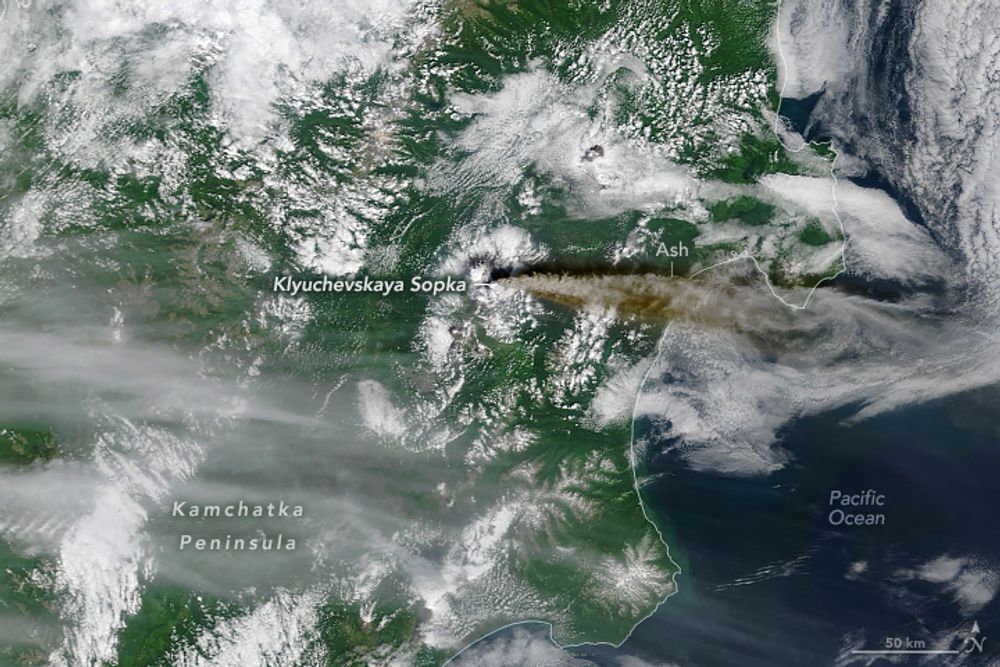
Discover how we're driving the Nation's scientific progress through world-class research across Earth and Space sciences at Goddard’s Sciences and Exploration Directorate.
Earth Sciences
The Earth Sciences Division is the nation's technical innovator and essential data provider to support national infrastructure, scientific leadership, and economic resilience.
Go to Division
Astrophysics
The Astrophysics Science Division leads America's quest to answer our most profound scientific questions, developing technologies with transformative applications in medicine, national security, and intelligence.
Go to Division
Heliophysics
The Heliophysics Science Division advances understanding of the Sun and its interactions with Earth and the solar system, providing the foundational science that drives space weather research and solutions in collaboration with government, industry, and academia.
Go to Division
Planetary Sciences
The Solar System Exploration Division powers space missions and leads human space exploration to the Moon and Mars through revolutionary research that charts the frontiers of our solar system and deepens our understanding of planetary system formation and evolution.
Go to Division
Galaxies in the River
Large galaxies grow by eating small ones. Even our own galaxy engages in a sort of galactic cannibalism, absorbing small galaxies that are too close and are captured by the Milky Way's gravity. In fact, the practice is common in the universe and illustrated by this striking pair of interacting galaxies from the banks of the southern constellation Eridanus, The River. Located over 50 million light years away, the large, distorted spiral NGC 1532 is seen locked in a gravitational struggle with dwarf galaxy NGC 1531, a struggle the smaller galaxy will eventually lose. Seen nearly edge-on, in this sharp image spiral NGC 1532 spans about 100,000 light-years. The NGC 1532/1531 pair is thought to be similar to the well-studied system of face-on spiral and small companion known as M51.



